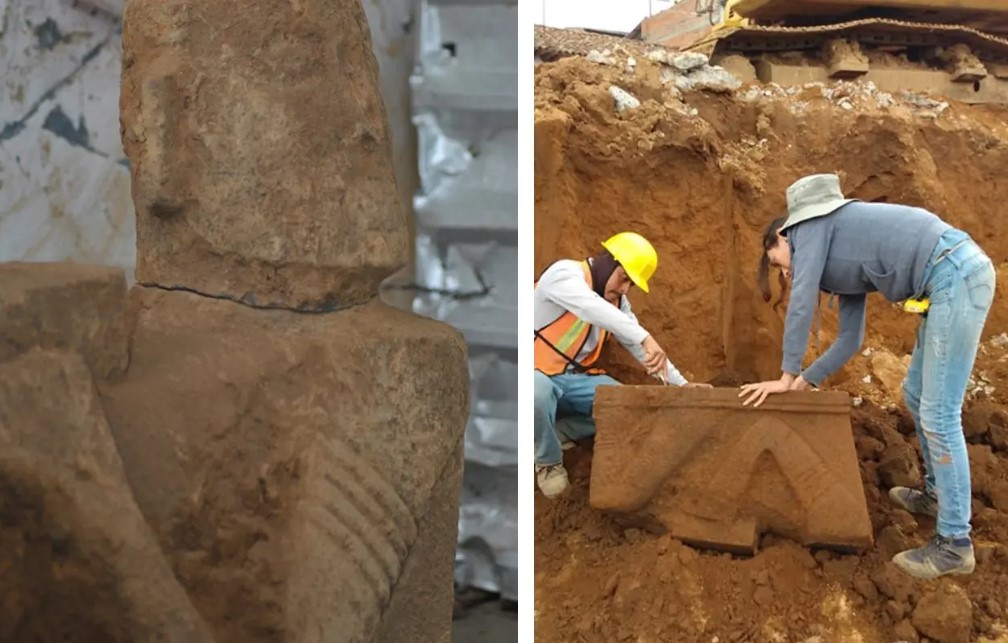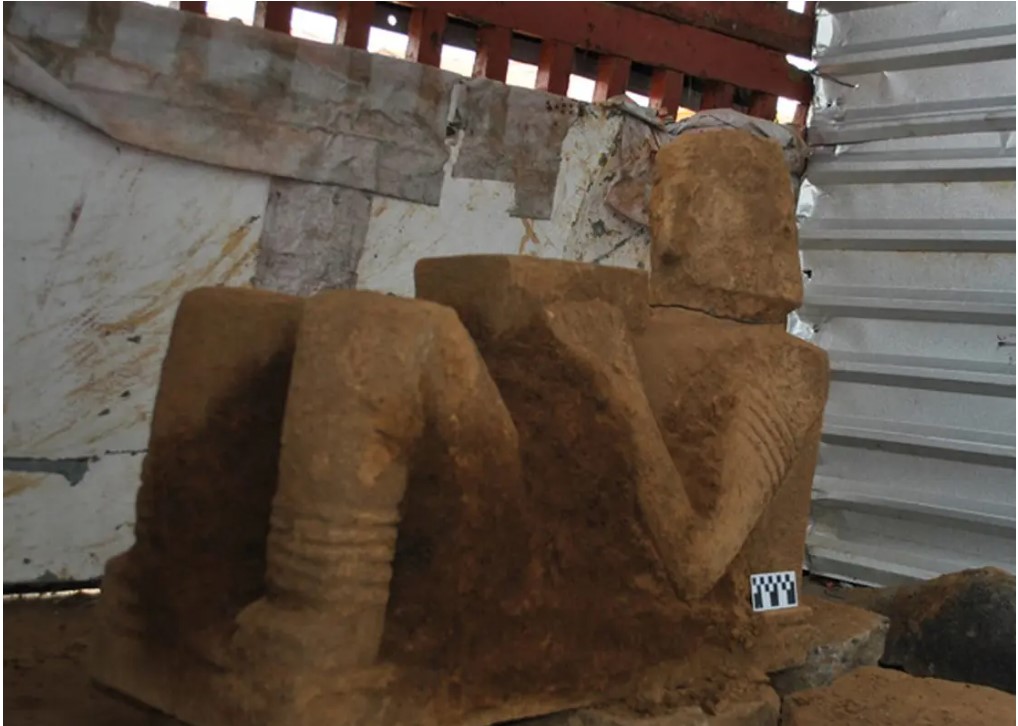Archaeological Find: Chacmool Statue Unearthed in Pátzcuaro, Mexico
Archaeologists from the National Institute of Anthropology and History (INAH) have made an exciting discovery in Pátzcuaro, Mexico – a Chacmool statue. These unique Mesoamerican sculptures represent reclining figures, often interpreted as slain warriors bearing offerings for the gods. Chacmools vary in appearance, with some facing left, right, or even upwards.

The term “chacmool” was coined by Augustus Le Plongeon in 1875, after he and his wife unearthed a similar sculpture at the Temple of the Eagles and Jaguars in Chichén Itzá. Le Plongeon derived “Chaacmol” from Yucatecan Mayan, roughly translating it to “paw swift like thunder.”
Chacmool sculptures have been found throughout Mesoamerica, from Michoacán, Mexico, to El Salvador. The earliest known examples date back to the Terminal Classic period, around AD 800 to 900.
During construction in Pátzcuaro, archaeologists stumbled upon a chacmool statue, which appeared to be displaced from its original location and buried in construction fill. This basalt sculpture measures 90 centimeters in length and 80 centimeters in height. A preliminary assessment suggests that it belongs to the Late Post-Classic Period (AD 1350 to 1521).
As an INAH representative explained, “These figures, known as chacmools in Mayan culture, were ritual tables in pre-Hispanic times. It is believed they played a role in sacrificial and offering ceremonies.”
The discovery has prompted the Ministry of Culture of the Government of Mexico, in collaboration with the INAH Michoacán Centre, to launch an archaeological rescue project. Their aim is to conduct further explorations in the vicinity of the statue, hoping to unearth additional archaeological treasures.




